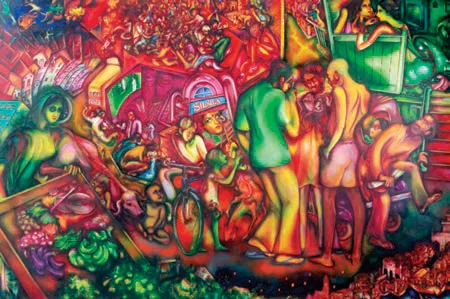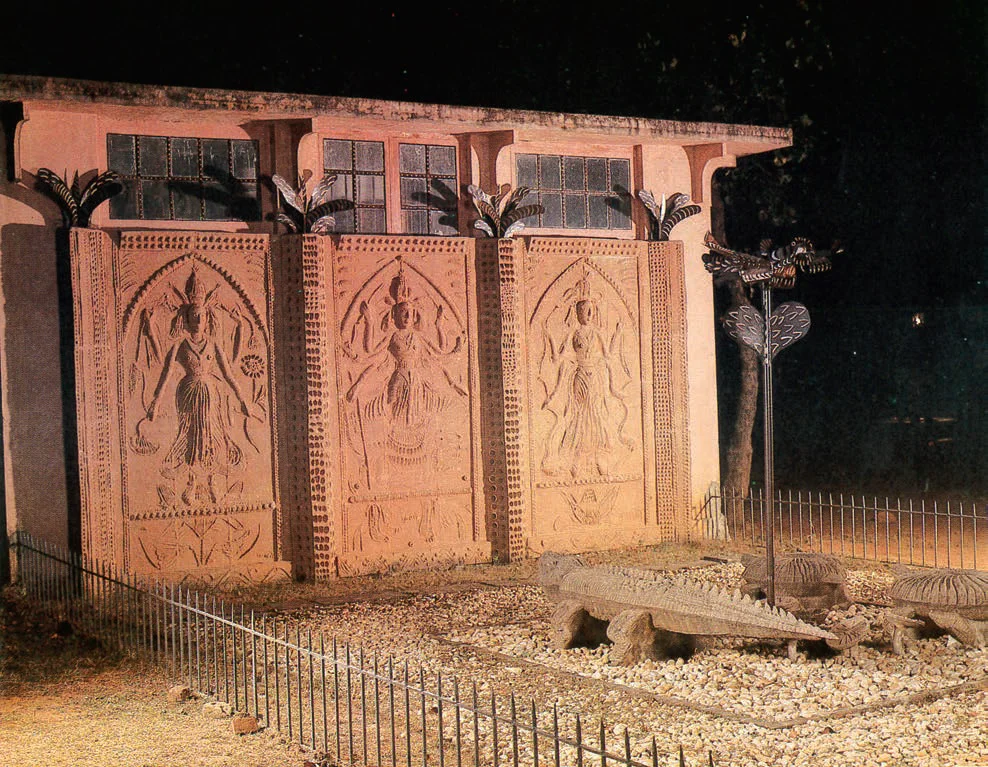![]() 22 Dec 2023
22 Dec 2023
In the 1980s, a resurgence of figurative modern art emerged, countering prevailing abstract trends. Diverse trends in modern art showcased dynamic experimentation, reflecting societal and cultural shifts.
Social Concerns in Modern Art of India: Narratives Reflecting Societal Shifts

|
Do You Know?
|
|---|

<div class="new-fform">
</div>